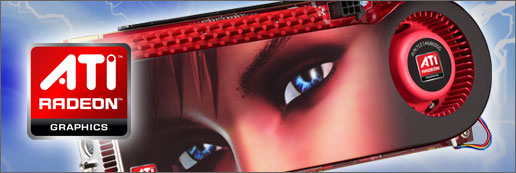
PC World reports: “Advanced Micro Devices today introduced a high-end graphics card whose core will also be part of its next-generation Fusion processors.
The ATI Radeon 3870 X2 graphics card combines two chips from its predecessor, ATI Radeon 3870, on one board, doubling its performance, said Patrick Moorhead, vice president of advanced marketing at AMD. The ATI Radeon 3870 had one chip on the card. The chips, manufactured using the 55-nanometer process, are more power efficient and deliver better performance than the previous graphics processors, Moorhead said.
AMD will incorporate a graphics-processing core based on the X2 in its upcoming Fusion processor. Fusion will integrate a graphics processor and CPU (central processing unit) on one chip, said John Taylor, an AMD spokesman. There are no overt tie-ins between Fusion and the X2, but the graphics-processing cores are expected to be similar, Taylor said.”
While X2 is designed for maximum graphics performance, the graphics-processing core will be adapted for notebook platforms and implemented in Fusion, Taylor said.
AMD last week said the Fusion family’s first processor, code-named Swift, will be based on the Phenom core and optimized for power management with the latest graphics and processing technology on a single chip. Notebooks with the Fusion processor are expected to be out in the second half of 2009. Targeted at PC users who want high-end graphics, the X2 graphics board supports Microsoft’s DirectX 10.1 gaming platform, Taylor said.
The graphics board plugs into a PCI Express slot, and supports up to 1G byte of memory. It includes DVI (digital visual interface) and DisplayLink ports to support external multimedia devices. The card will support CrossfireX technology by the end of this quarter, which will allow up to four graphics cards to work together to scale multimedia performance, AMD said in a news release. Priced at $449, the card is available worldwide.
With high-end features and midrange pricing, AMD’s Moorhead hopes the new graphics card will boost the company’s product offerings and heat up competition with rival Nvidia.
Pricing makes the X2 impressive, but even more significant is the card’s improved performance while using just one slot, said Jon Peddie, president of Jon Peddie Research. Users seeking a graphics performance boost usually end up buying two cards, which uses up two card slots.
It’s hard to predict whether the card will help AMD steal graphics market share from Nvidia, he said. “It has the potential to do that if AMD is able to manufacture [X2] in volume,” Peddie said.
Nvidia held a 37.8 percent global market share in the third quarter of 2007, while AMD was in third place with 18.8 percent, according to numbers from Jon Peddie Research. Intel was in second place with 33.5 percent market share.